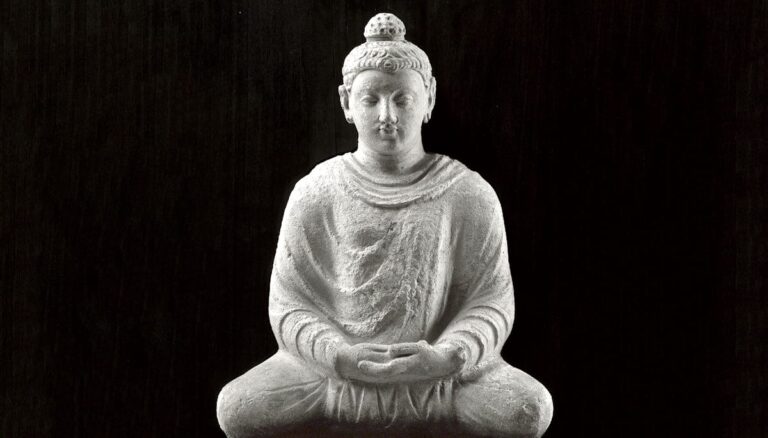Breathwork for chakra balance involves using specific breathing techniques to enhance energy flow, promote healing, and align the body’s energy centers effectively.
Breathwork is one of the most effective ways to balance your chakras and align your energy centers. When combined with visualization and intention, conscious breathing can clear blockages, activate dormant energy, and create profound shifts in your physical, emotional, and spiritual wellbeing.

The Science Behind Breathwork and Chakras
Your breath is directly connected to your nervous system. Deep, rhythmic breathing:
- Activates the parasympathetic nervous system (rest and digest)
- Increases oxygen flow to all tissues and organs
- Stimulates the vagus nerve for relaxation
- Releases endorphins that reduce pain and stress
When applied to chakra work, specific breathing patterns can target each energy center’s unique vibration. The right essential oils can enhance this connection even further.

Complete Chakra Breathwork Guide
1. Root Chakra (Muladhara) Breathing
Technique: Square Breathing (4-4-4-4)
- Inhale for 4 counts
- Hold for 4 counts
- Exhale for 4 counts
- Hold empty for 4 counts
Visualize red energy at your tailbone with each breath. This technique works well with root chakra stones placed nearby.
2. Sacral Chakra (Svadhisthana) Breathing
Technique: Ocean Breath (Ujjayi)
Constrict the back of your throat slightly to create an ocean-like sound. Focus on your lower abdomen and visualize orange light.
3. Solar Plexus (Manipura) Breathing
Technique: Breath of Fire (Kapalabhati)
Rapid, rhythmic exhales through the nose while keeping inhales passive. Stimulates digestive fire and personal power.
4. Heart Chakra (Anahata) Breathing
Technique: 4-7-8 Breathing
- Inhale for 4 counts
- Hold for 7 counts
- Exhale for 8 counts
Place one hand on your heart and visualize green or pink light expanding with each breath.
5. Throat Chakra (Vishuddha) Breathing
Technique: Lion’s Breath (Simhasana)
Inhale deeply, then exhale forcefully through the mouth while sticking out your tongue and making a “ha” sound.
6. Third Eye (Ajna) Breathing
Technique: Alternate Nostril Breathing (Nadi Shodhana)
Use your right thumb and ring finger to alternate closing each nostril while breathing slowly. Balances left and right brain hemispheres.
7. Crown Chakra (Sahasrara) Breathing
Technique: Sitali Breath
Roll your tongue and inhale through it (or purse lips if you can’t roll tongue), then exhale normally through the nose. Cools and opens the crown.
Advanced Breathwork Practices
Chakra Wave Breathing
Move your awareness up through each chakra with one complete inhale, then down with the exhale. Imagine energy flowing like a wave.
Color Breathing
Inhale the color associated with each chakra, exhale any darkness or blockages from that center.
Mantra Breathing
Pair each chakra’s seed mantra (Lam, Vam, Ram, Yam, Ham, Om) with your breaths.
Enhancing Your Practice
| Tool | Benefit |
|---|---|
| Singing bowls | Vibrational alignment |
| Crystals | Amplify energy |
| Essential oils | Deepen focus |
According to research published in the NIH, coherent breathing at 5-6 breaths per minute creates optimal heart rate variability and autonomic nervous system balance.
Common Mistakes to Avoid
- Forcing the breath instead of allowing it to flow naturally
- Holding tension in the shoulders or jaw
- Skipping the preparation phase (centering and grounding)
- Practicing on a full stomach
- Ignoring bodily signals to stop or slow down
For deeper study, consider the best books on chakras to complement your breathwork practice.
Creating Your Daily Practice
Start with just 5 minutes per day, focusing on one chakra at a time. Gradually build up to 30 minutes as you become more comfortable with the techniques. The key is consistency – even short daily sessions create cumulative benefits.

